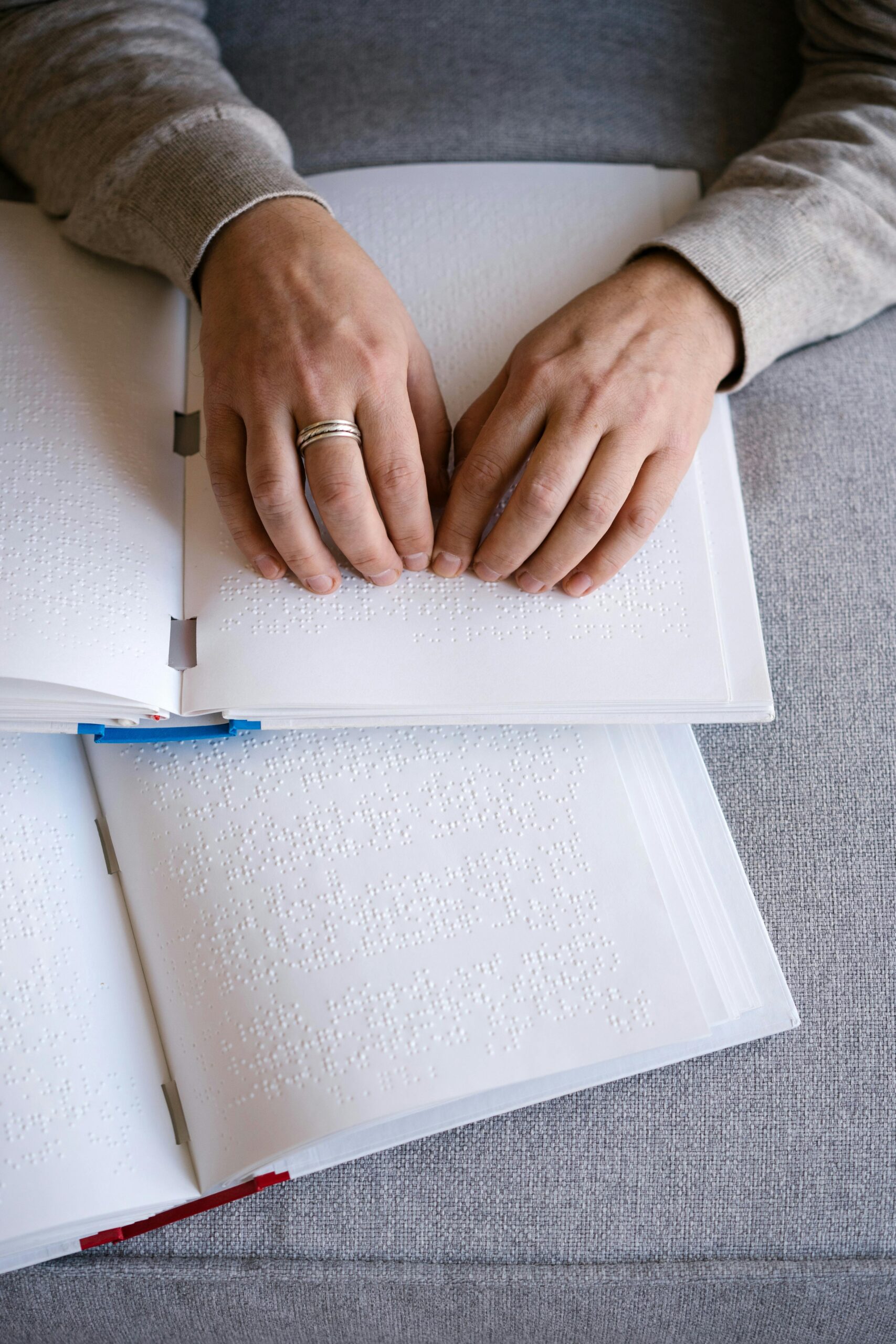Arizona Health Literacy Coalition and Community Empowerment
Health literacy is more than just understanding medical terms—it’s a vital component of community well-being. The Arizona Health Literacy Coalition plays a critical role in bridging the gap between healthcare providers and the public. This article explores their work, guiding principles, real-world applications, and how you can benefit from and contribute to this important movement.

Understanding the Fundamentals
Health literacy is the ability to obtain, process, and understand basic health information and services needed to make appropriate health decisions. The Arizona Health Literacy Coalition recognizes this as foundational for improving outcomes across diverse populations.
In today’s information-heavy society, being health literate can mean the difference between receiving timely care or facing avoidable complications. Historically, low literacy has been a silent barrier to healthcare, especially among underserved communities in Arizona.
1.1 Clear Communication in Healthcare
Effective communication is the first step toward improving health literacy. This includes using plain language, visual aids, and interactive tools to explain conditions and treatment plans. A recent Arizona Department of Health study found that patients with better communication skills had 30% fewer hospital readmissions.
Health educators often use storyboards, pictographs, and teach-back methods to ensure comprehension—tools promoted and distributed by the Arizona Health Literacy Coalition. A common misconception is that literacy only refers to reading ability; in fact, it encompasses listening, speaking, and decision-making as well.
1.2 Culturally Relevant Education
Health literacy programs in Arizona recognize the importance of culture. Programs tailored to Hispanic, Native American, and refugee communities have shown a 45% increase in understanding chronic disease management.
The coalition’s approach integrates local customs, languages, and social norms, which distinguishes it from one-size-fits-all models. For example, health fairs in Phoenix’s Latino neighborhoods often include bilingual materials, music, and food to encourage participation.
Practical Implementation Guide
Implementing health literacy strategies requires collaboration, training, and community involvement. The Arizona Health Literacy Coalition provides toolkits and workshops for professionals and volunteers alike, setting achievable expectations for long-term improvement.

2.1 Actionable Steps
- Assess Current Materials: Review brochures, forms, and online content to ensure plain language and readability.
- Use Technology: Leverage mobile apps and patient portals with simplified navigation.
- Train Staff: Offer annual training sessions on communication best practices, especially the teach-back method.
2.2 Overcoming Challenges
Common challenges include resistance from healthcare providers, lack of time, and limited funding. Solutions include:
- Securing micro-grants through the coalition for pilot programs
- Embedding literacy goals in annual performance metrics
- Creating volunteer-based ambassador programs
Experts also recommend using digital literacy companions, such as health chatbots or narrated videos, to support ongoing education at home.
Advanced Applications
Once foundational literacy is in place, communities can explore advanced strategies that deepen engagement and improve outcomes. These methods, supported by the Arizona Health Literacy Coalition, are ideal for clinics, nonprofits, and public health campaigns seeking greater impact.

3.1 Interactive Health Education Platforms
Gamified learning platforms and virtual reality simulations are now being piloted in Maricopa County. These tools help users visualize disease progression and interact with decision-making scenarios. Case studies show a 60% retention rate improvement using these methods.
3.2 Integrated Patient Portals
When linked with Electronic Health Records (EHR), literacy-focused portals enable patients to access lab results, receive medication reminders, and chat with providers. These systems must be ADA-compliant and multilingual to maximize accessibility, which the coalition actively promotes in its training sessions.
Future Outlook
Health literacy will only grow in importance as telemedicine, AI diagnostics, and preventive healthcare expand. The Arizona Health Literacy Coalition is preparing by exploring AI tools for translation, mobile-first platforms, and predictive learning models.
Over the next five years, expect personalized learning journeys based on demographics, behaviors, and health goals. By staying engaged with the coalition, readers can gain early access to new tools and influence future innovations.
Conclusion
In summary, the Arizona Health Literacy Coalition empowers communities through education, access, and advocacy. Key takeaways include the importance of clear communication, cultural sensitivity, and the role of digital tools.
Take the next step by evaluating your own healthcare materials, attending local coalition events, or volunteering for outreach programs. Empower yourself and others—health literacy starts with you.
Frequently Asked Questions
- Q: What is health literacy? Health literacy is the ability to understand and act on health information to make informed decisions. It includes reading, listening, and interpreting data.
- Q: How can I get started with the Arizona Health Literacy Coalition? Start by attending an orientation session or joining their mailing list for upcoming workshops and events.
- Q: How much time does it take to improve health literacy? Initial improvements can happen within 3–6 months with consistent training, but full integration may take a year or more depending on the scope.
- Q: Is it expensive to implement these strategies? Many programs are grant-funded or cost-effective. Printed materials, staff training, and tech upgrades are the primary expenses.
- Q: How does this compare to general patient education? Health literacy goes beyond traditional education—it ensures understanding and application through user-friendly methods and cultural alignment.
- Q: Is this difficult to implement in rural areas? Not necessarily. Mobile units and telehealth tools are helping rural communities access resources efficiently. The coalition provides guidance for low-resource settings.
- Q: How is this relevant to schools or youth programs? Many Arizona youth programs integrate health literacy in their curricula to build early habits around wellness, safety, and informed decision-making.
